
Cobra
What is the animal Cobra known for?
There are many different species of cobras, most of which belong to the genus Naja.
Some examples are the Indian cobra, the Egyptian cobra, the king cobra, and the spitting cobra.
These species are found in Africa, Asia, and Australia, and they inhabit various habitats such as forests, grasslands, deserts, and wetlands.
Cobras feed on rodents, birds, frogs, lizards, and other snakes.
They are usually solitary and nocturnal, but some may be active during the day.
Cobras have a significant role in many cultures and religions, especially in India, where they are revered as symbols of power, wisdom, and protection.
They are also featured in many myths, legends, and stories, such as the story of Cleopatra, who allegedly committed suicide by allowing a cobra to bite her.
Cobras are also popular subjects in art, literature, and media, such as the famous snake charmers who play flutes to make the cobras dance.
They are fascinating and dangerous animals that are known for their distinctive hood, venom, and behavior.
Cobras are among the most widely recognized and respected snakes in the world.
Example of the color palette for the image of Cobra

See these colors in NCS, PANTONE, RAL palettes...
Where does the Cobra live?
They are found in various habitats across Africa and Asia, depending on the species.
Some of the common habitats of cobras are:
Forests: Some cobras, such as the forest cobra, the king cobra, and the Indian cobra, live in forests, rainforests, woodlands, and scrubs.
They can climb trees and hide under fallen logs or rocks.Grasslands: Some cobras, such as the Egyptian cobra, the Cape cobra, and the Mozambique spitting cobra, live in grasslands, savannas, and semi-arid regions.
They can burrow in the ground or use rodent holes as shelters.Swamps: Some cobras, such as the banded water cobra and the black-necked spitting cobra, live in swamps, marshes, and mangroves.
They are adapted to swim and hunt in water.
However, this increases the risk of conflict and persecution by humans, who fear their venomous bites.
Cobras are also threatened by habitat loss, poaching, and the pet trade.
Example of the color palette for the image of Cobra
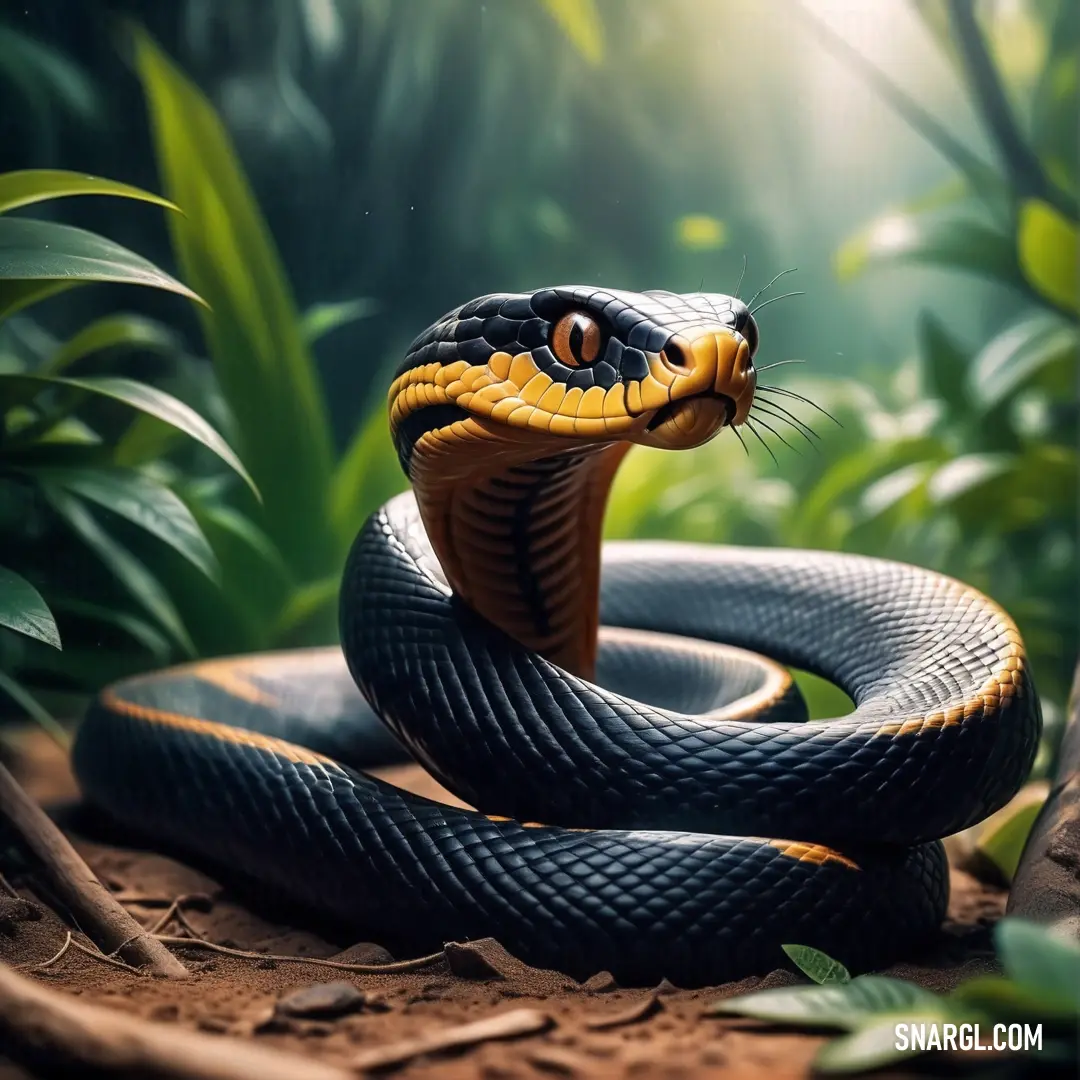
See these colors in NCS, PANTONE, RAL palettes...
What does the Cobra look like?
A cobra is a type of venomous snake that can expand its neck ribs to form a hood when threatened.
Cobras have smooth scales, long bodies, and large heads with round pupils.
The color and pattern of cobras vary depending on the species, but they are usually brown, black, gray, or yellow with markings such as bands, spots, or speckles.
Some cobras, such as the king cobra, can grow up to 5.6 meters (18 feet) in length, while others, such as the shield-nosed cobra, are much smaller.
Cobras are found in many regions of Africa and Asia, and some can spit venom as a defense mechanism.
Example of the color palette for the image of Cobra

See these colors in NCS, PANTONE, RAL palettes...

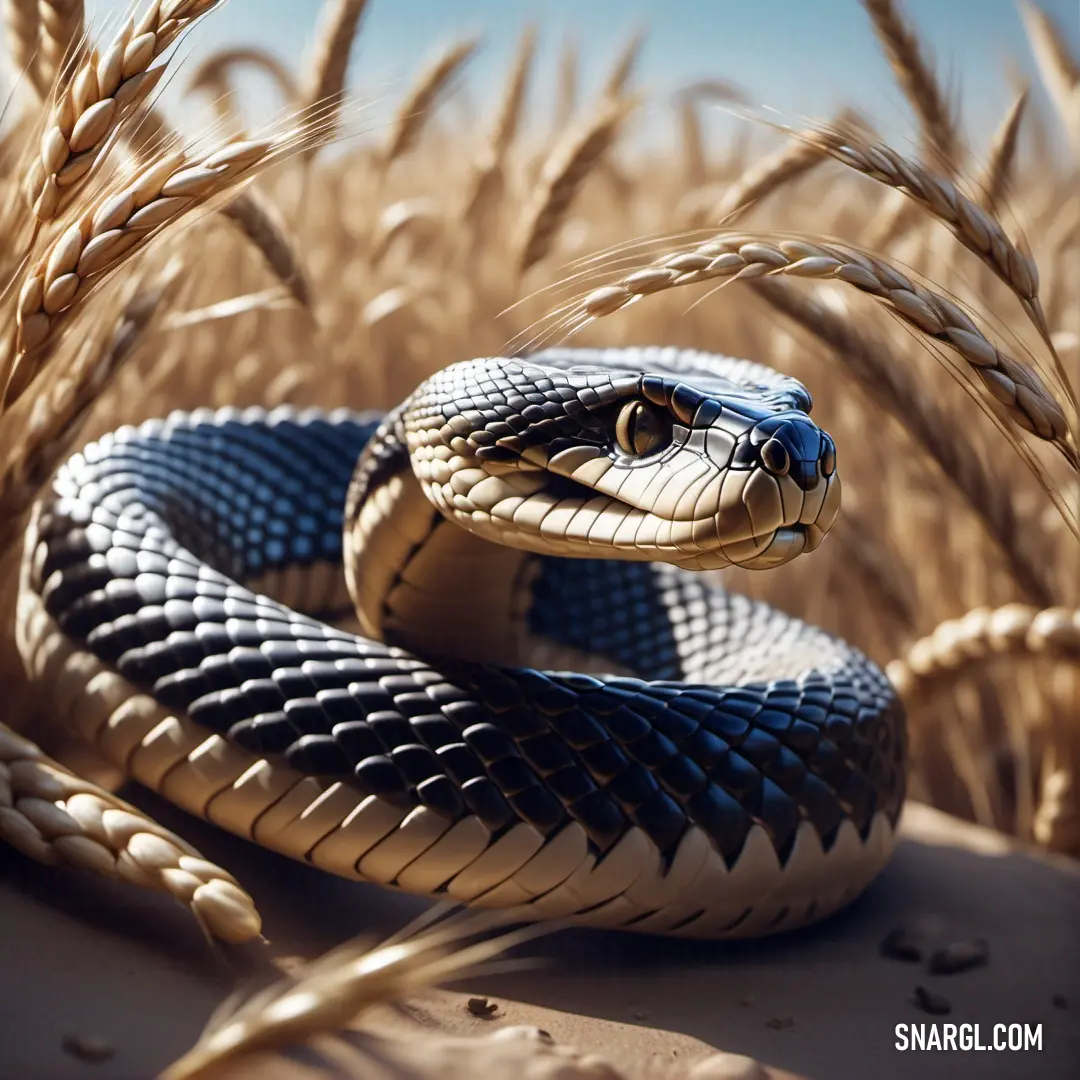
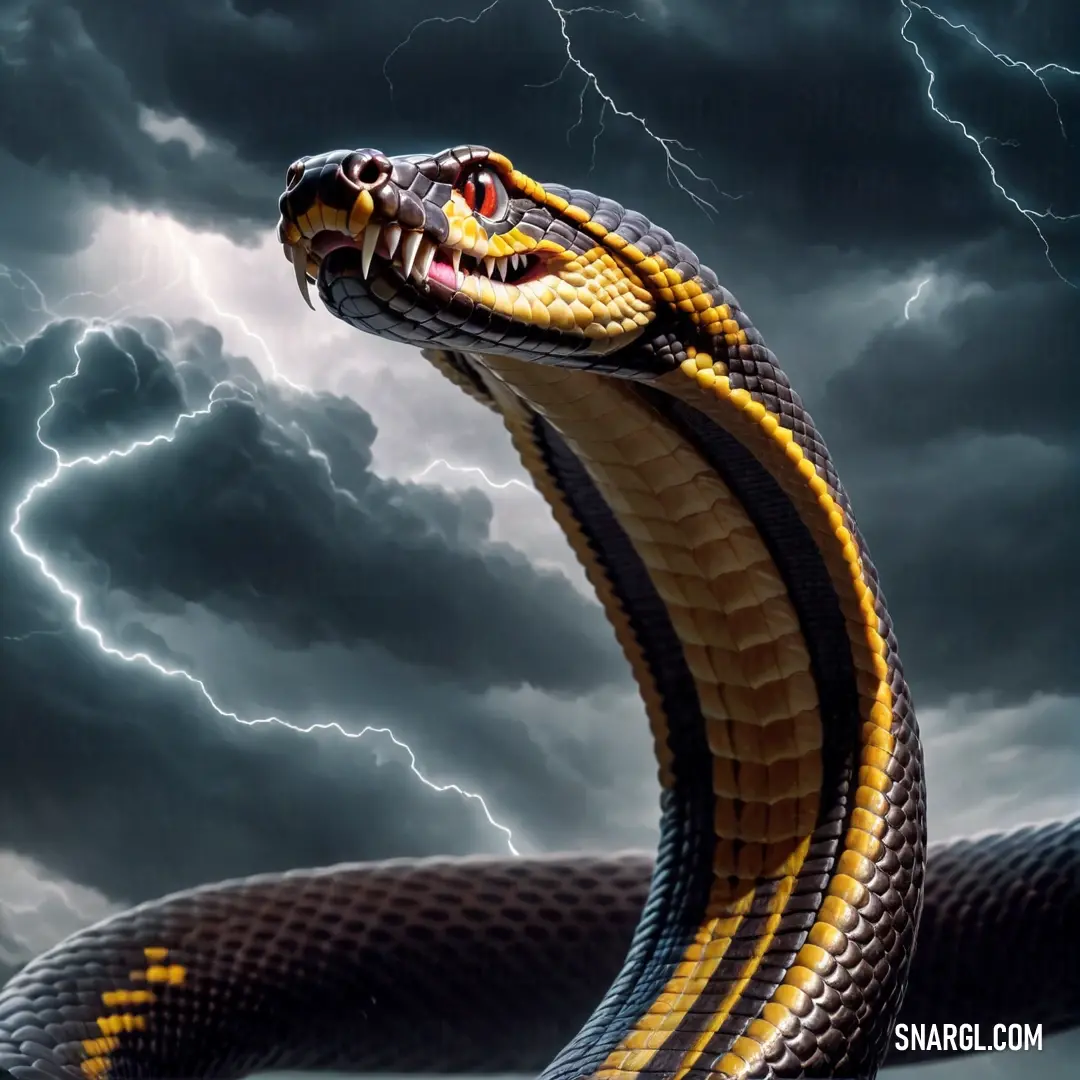
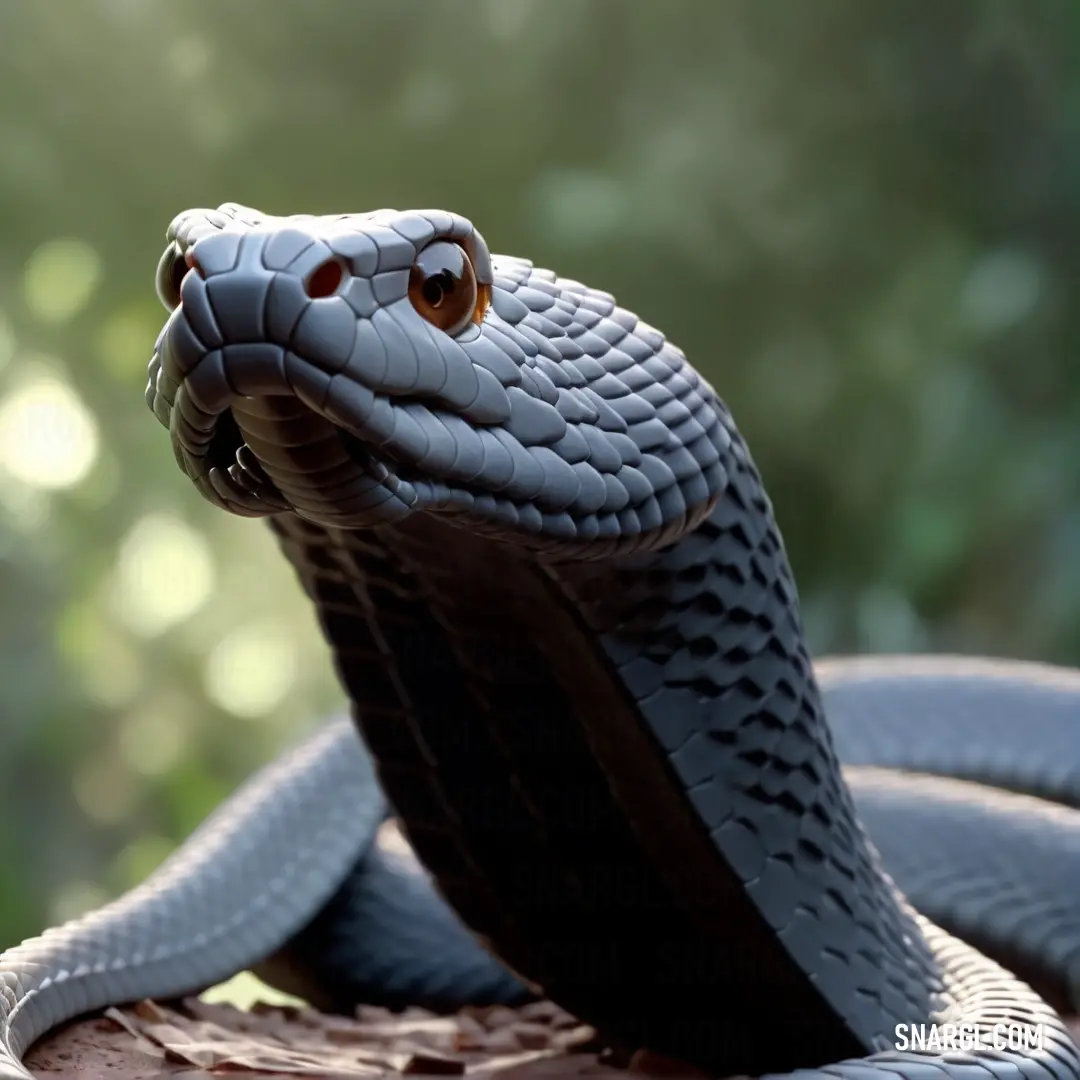
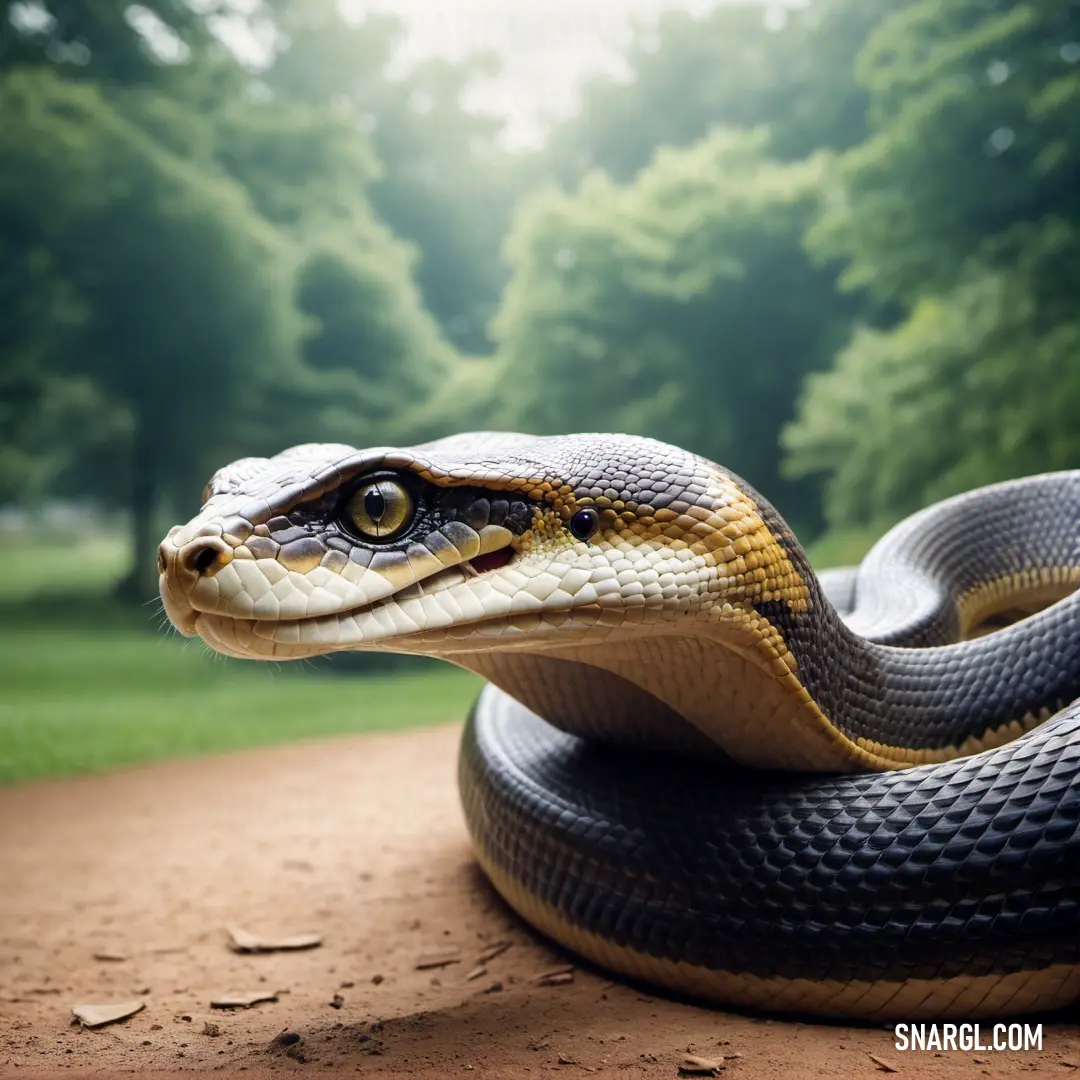

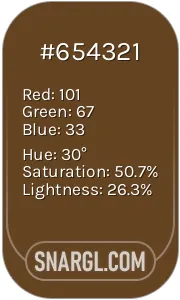 Dark brown
Dark brown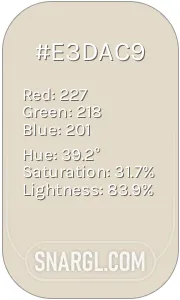 Bone
Bone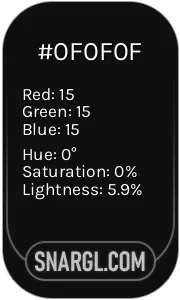 Onyx
Onyx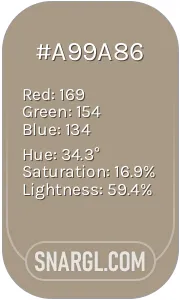 Grullo
Grullo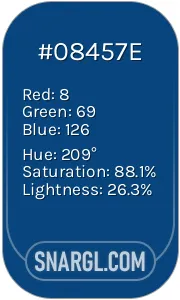 Dark cerulean
Dark cerulean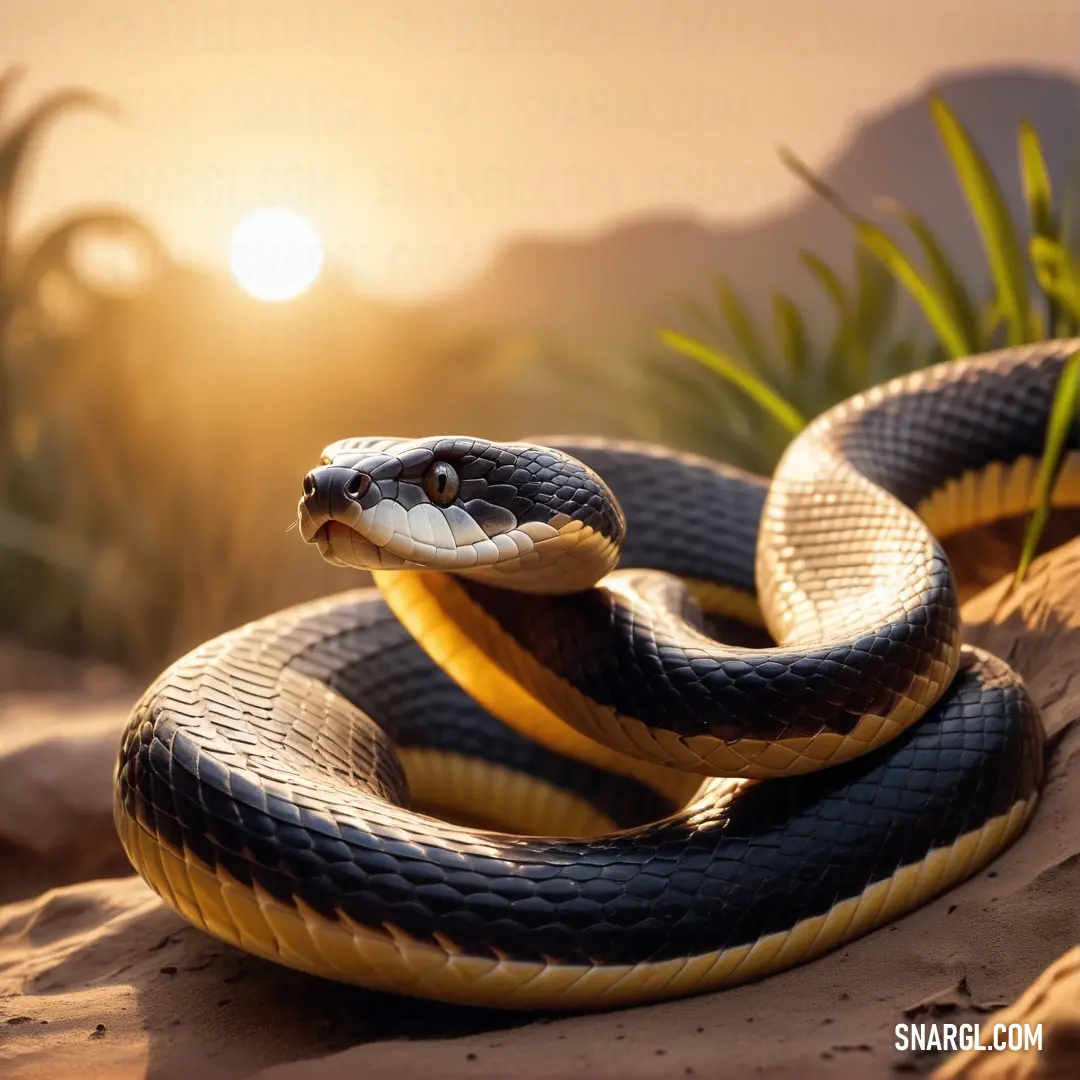
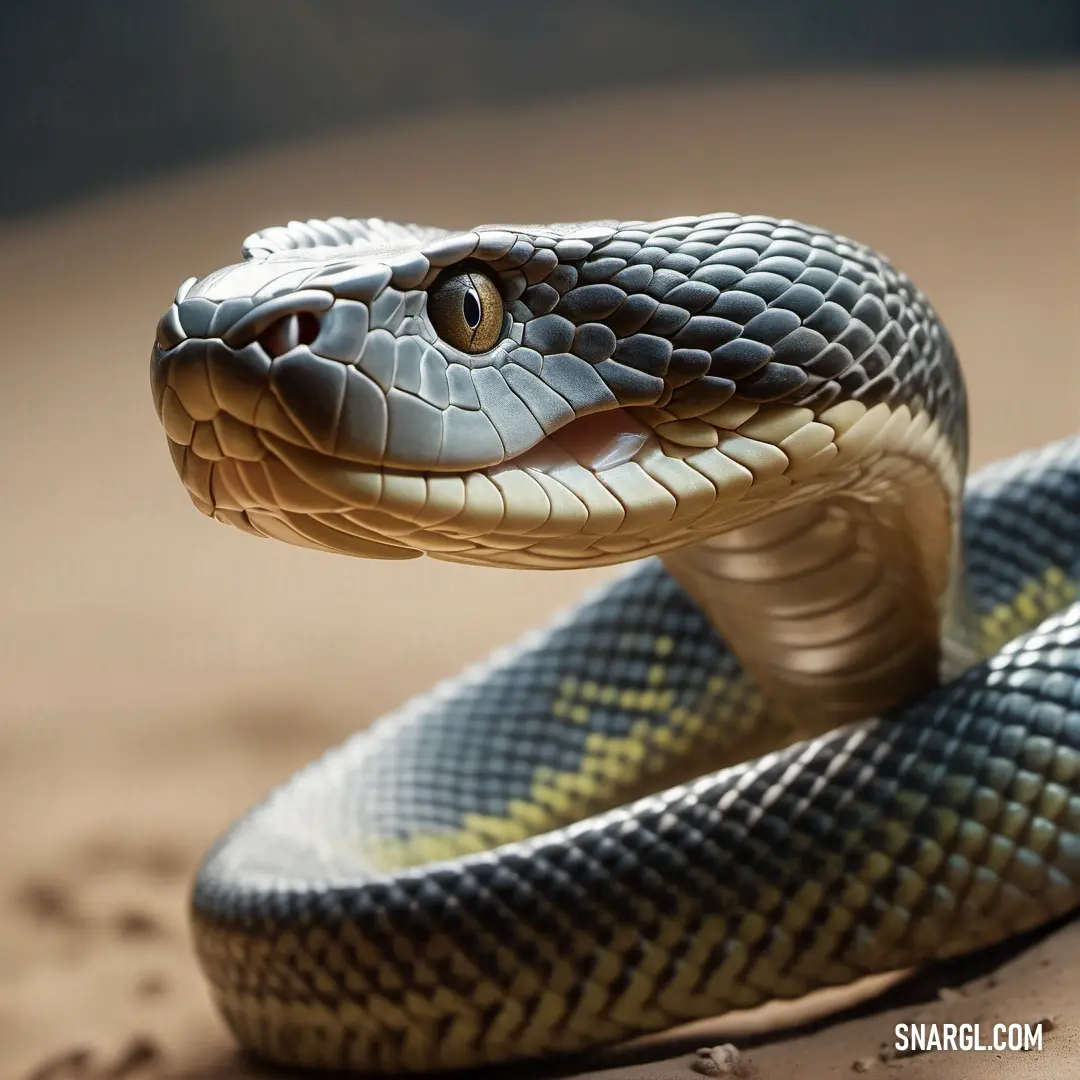
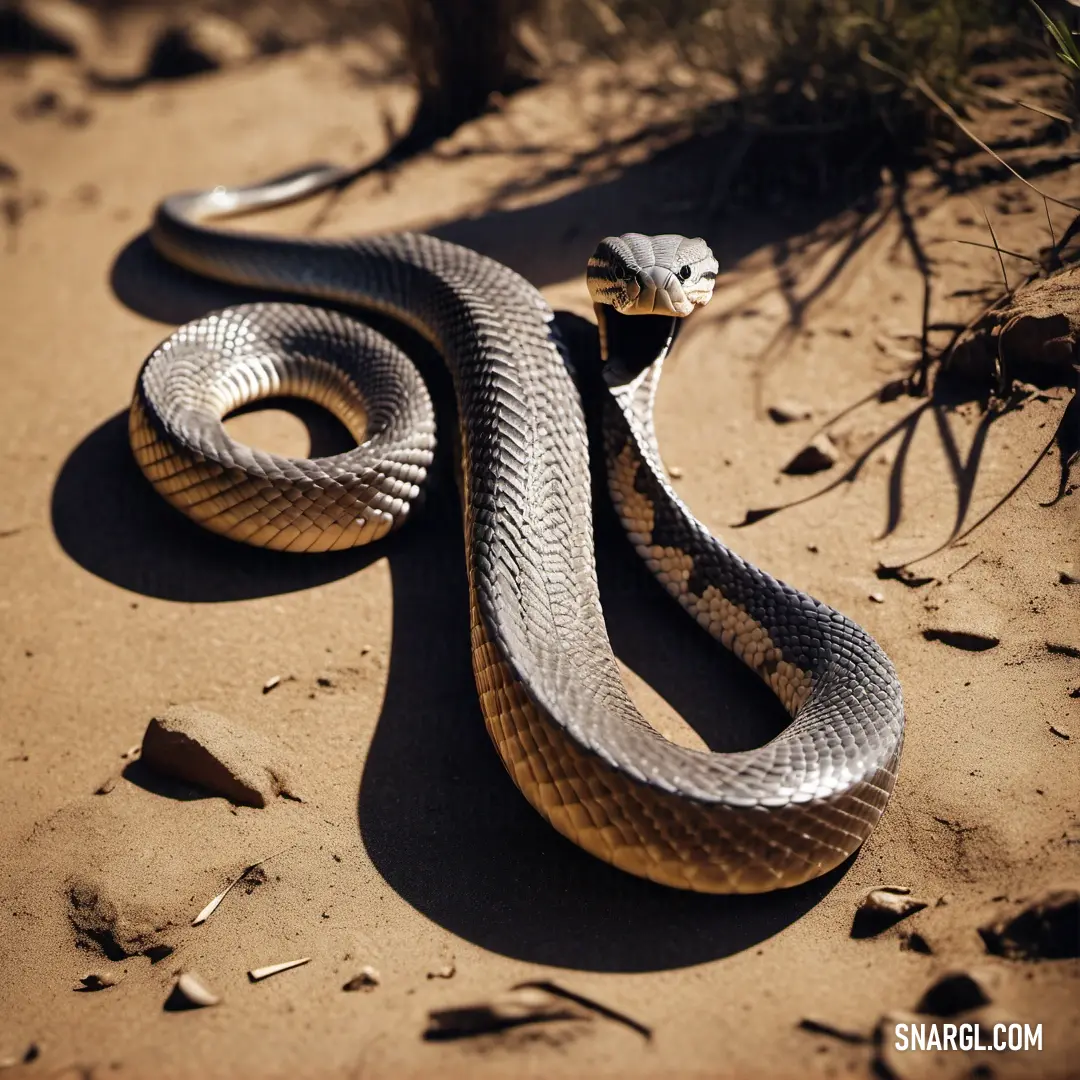
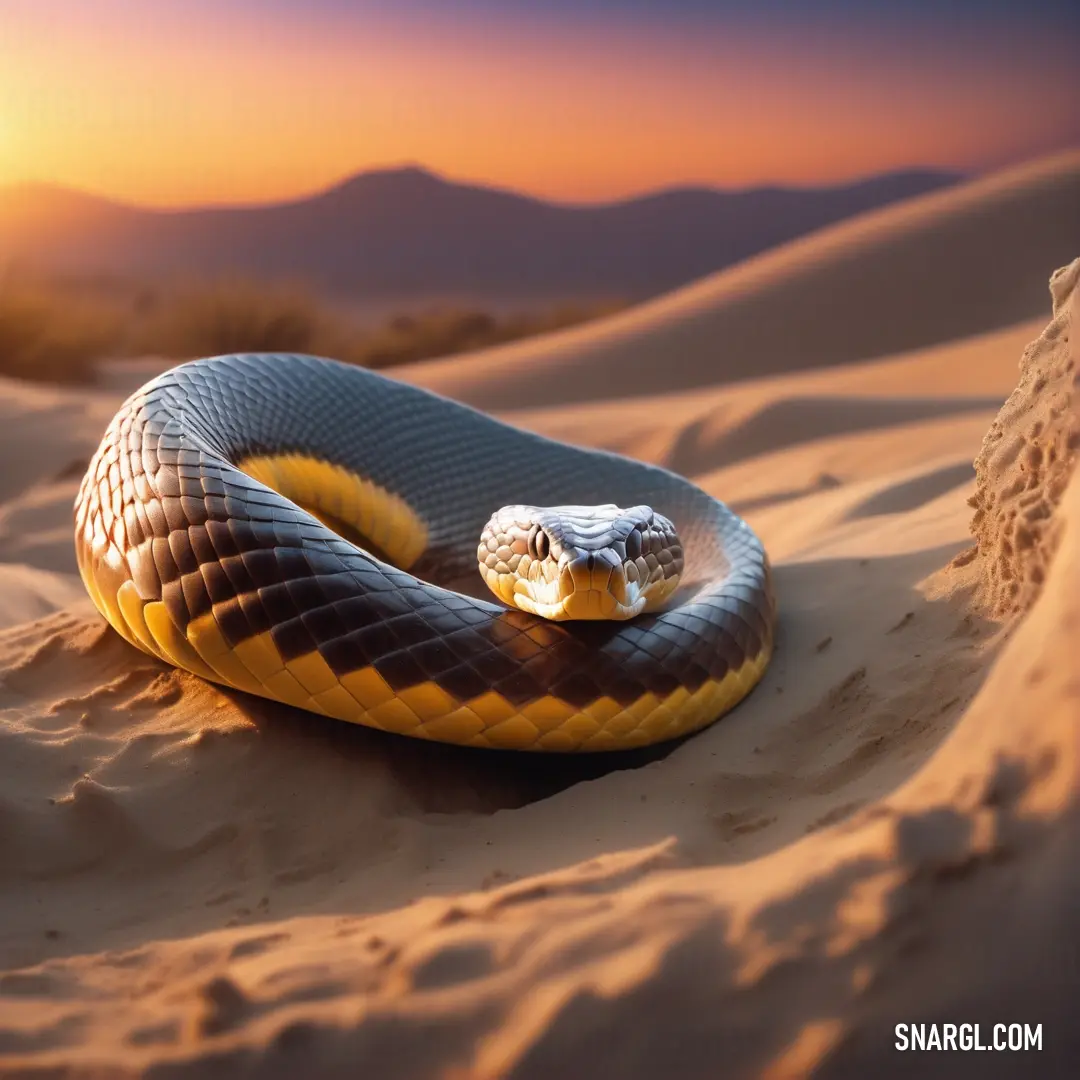
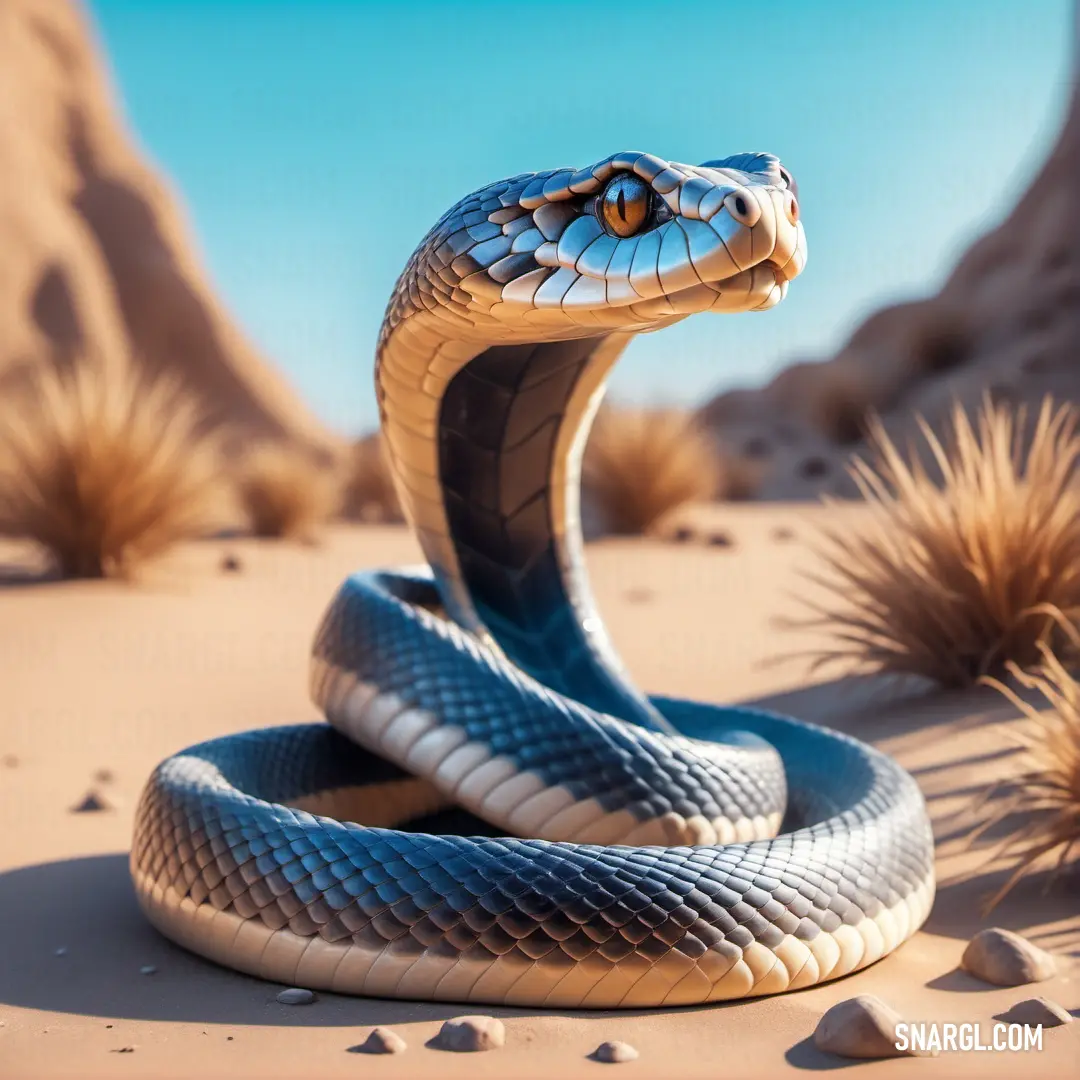
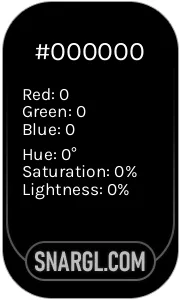 Black
Black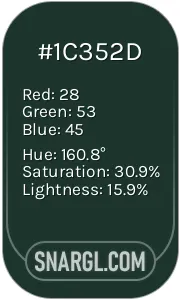 Medium jungle green
Medium jungle green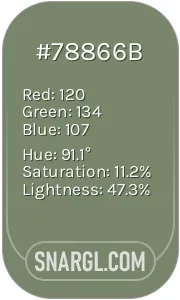 Camouflage green
Camouflage green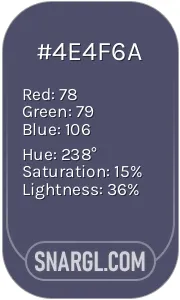 Pang
Pang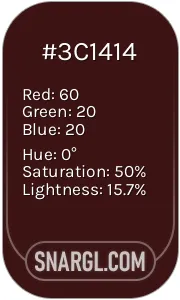 Dark sienna
Dark sienna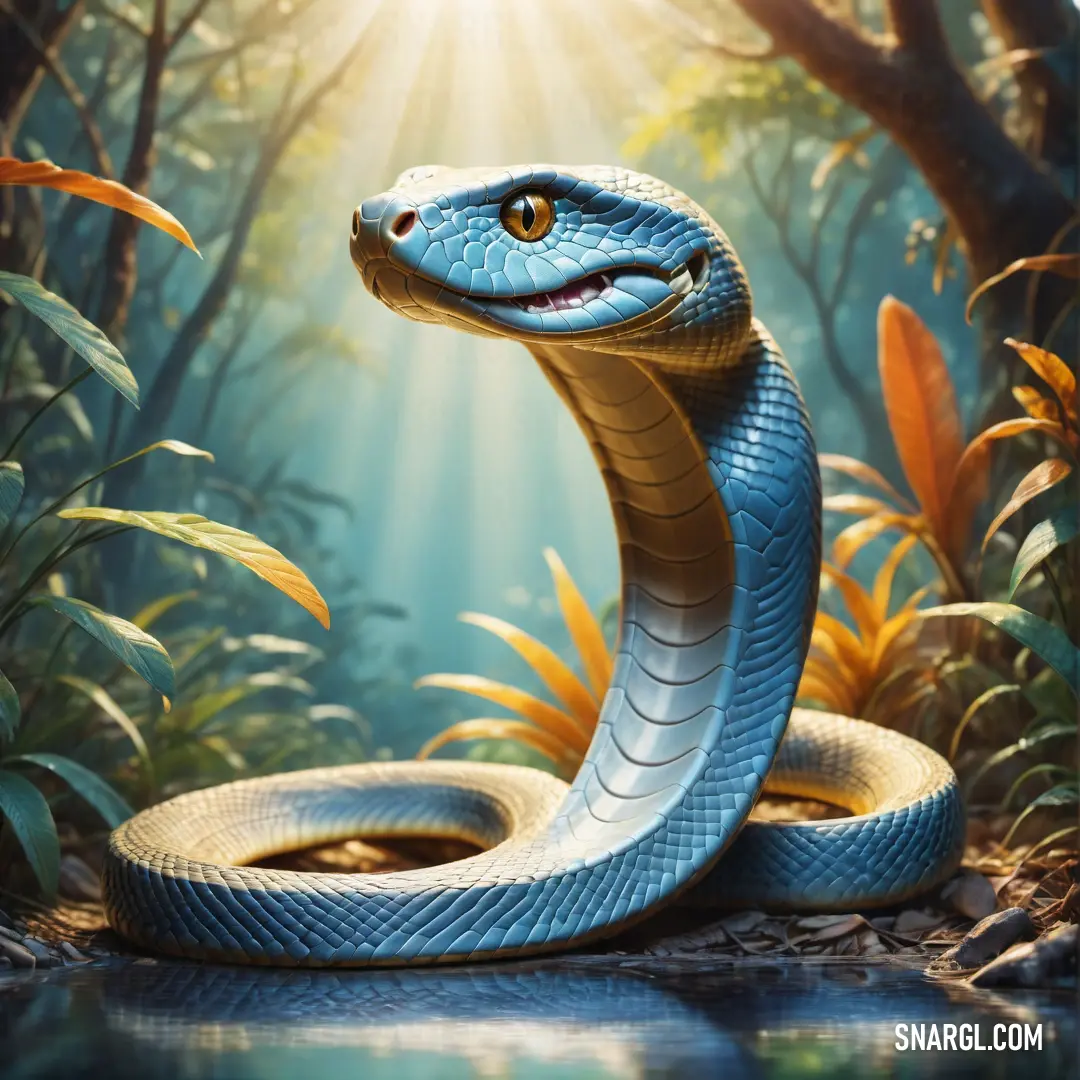
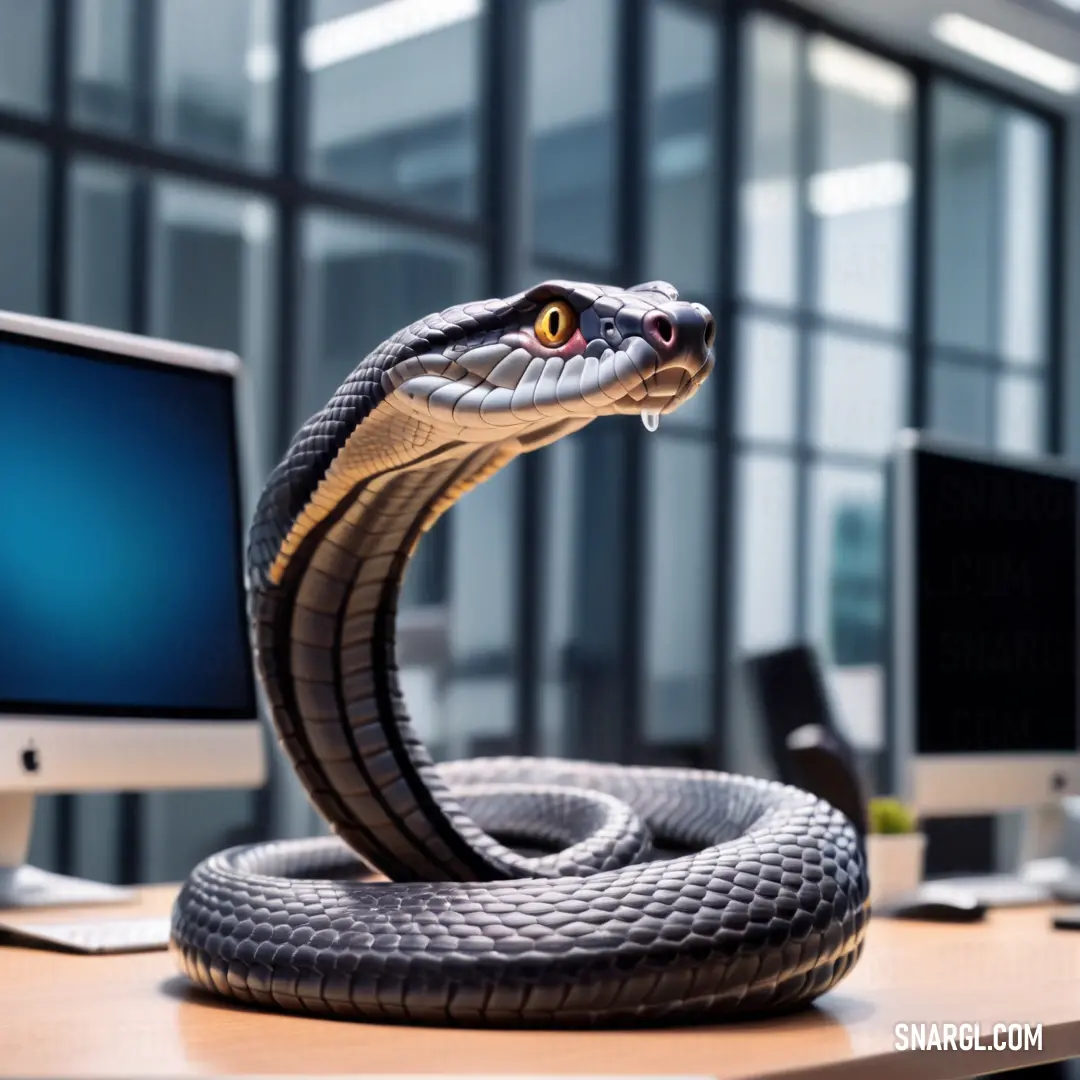
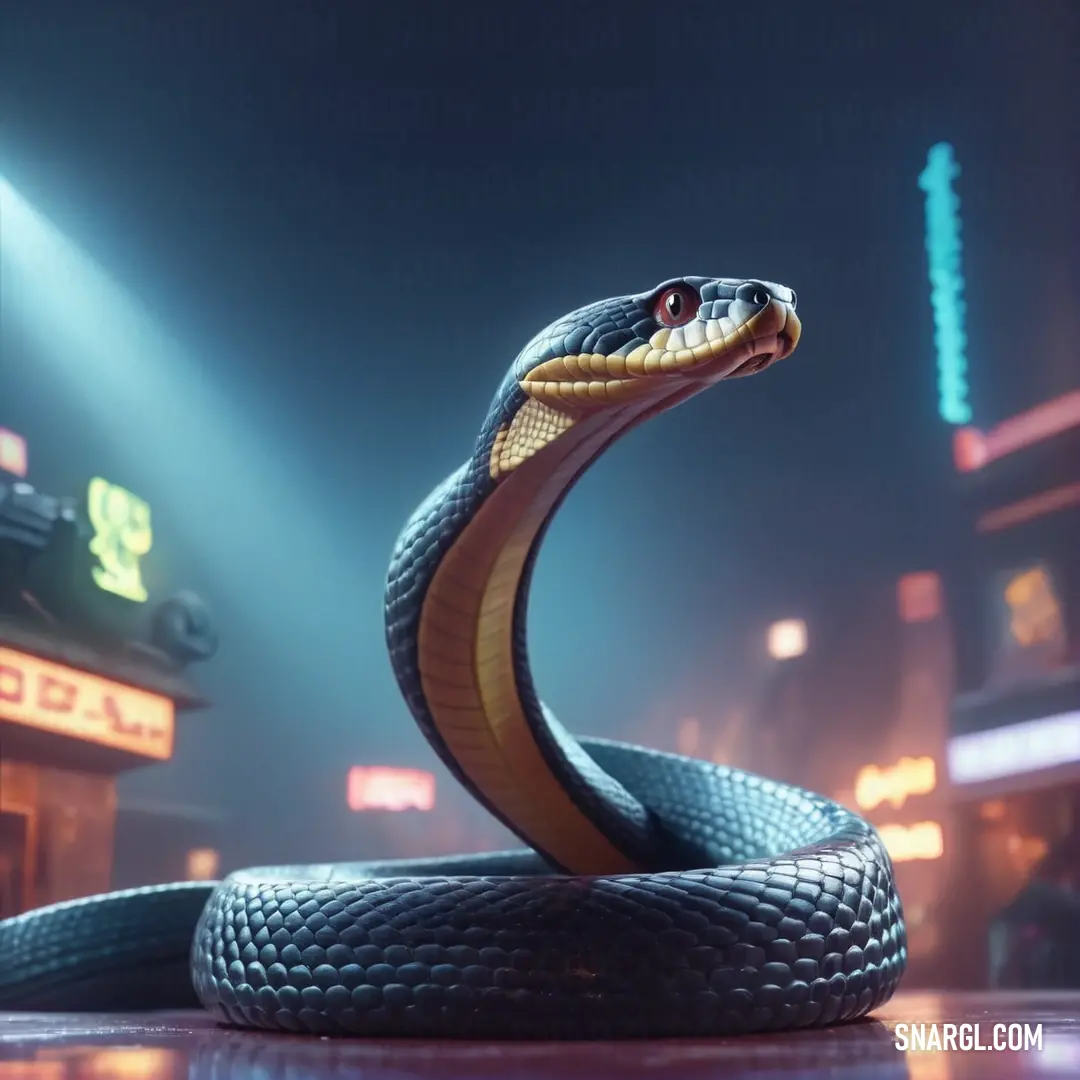
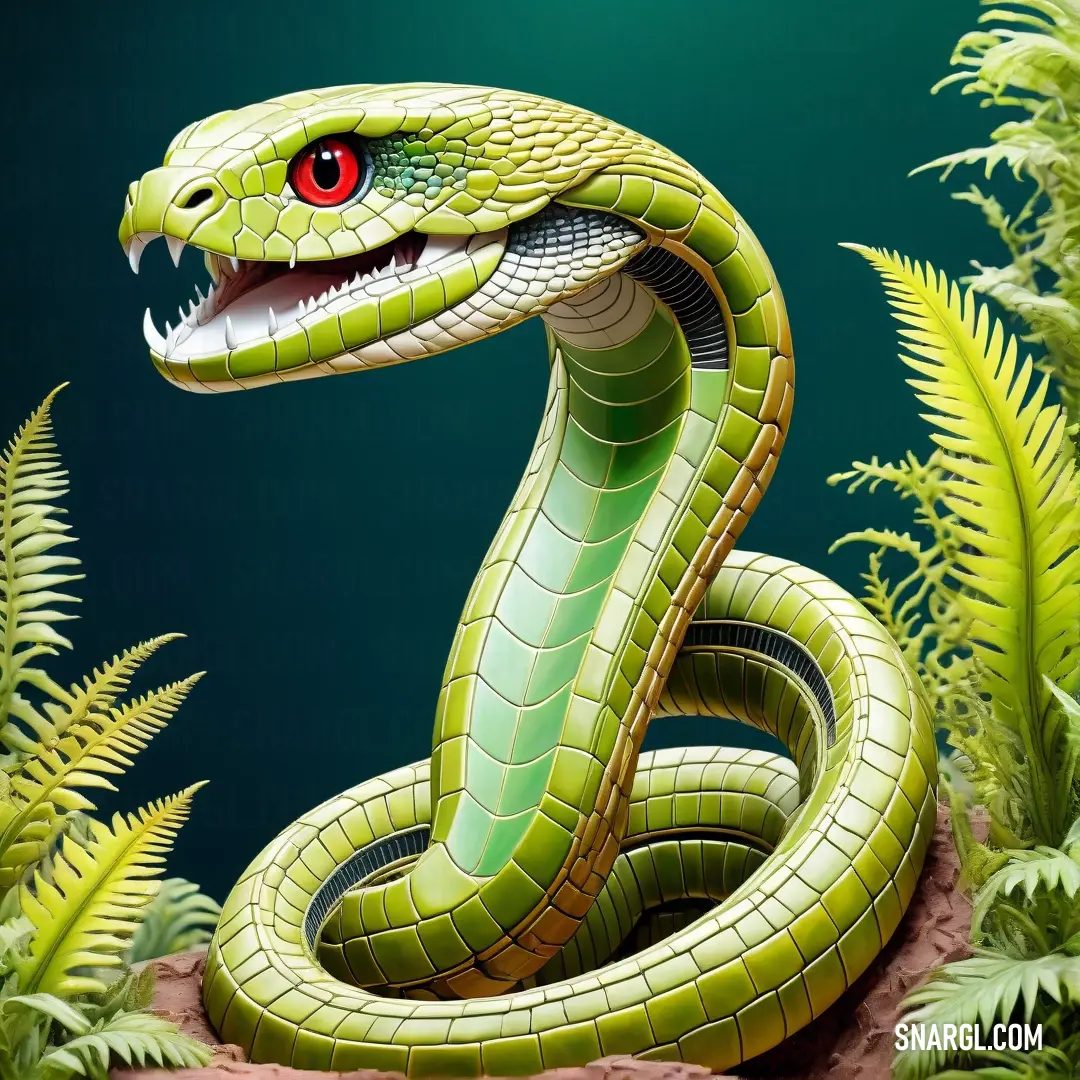
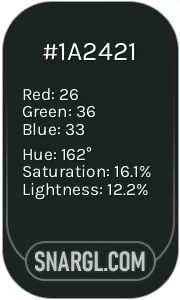 Dark jungle green
Dark jungle green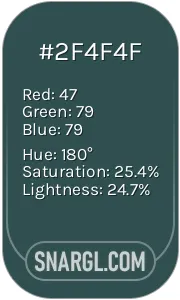 Dark slate gray
Dark slate gray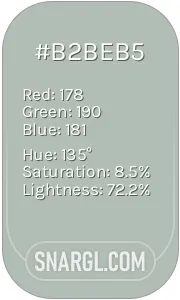 Ash grey
Ash grey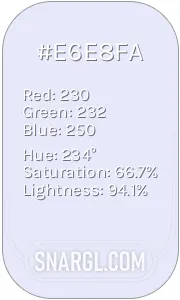 Glitter
Glitter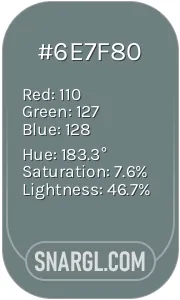 AuroMetalSaurus
AuroMetalSaurus






